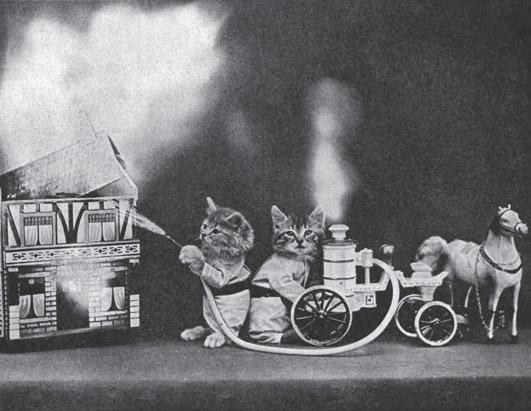Thrown together in August of 2012, Mark Howitt's The James Holmes Conspiracy, is a roughly edited, comical Power Point presentation with the ultimate goal of promoting the 2nd Amendment. I was duped into watching this because the doc was listed on a website with legitimate movies and TV shows. Howitt has a Youtube account full of documentaries he's made, and it looks like that's the venue they should remain in. Aside from hokey visuals used to drive points home, most of Howitt's footage is not even his own. It's a classic Youtube low-fi documentary. He conducts no interviews himself. For five minute blocks at a time other footage is used, from shows like Dateline and FOX News, and I assume other documentaries which Howitt does not cite. Using news footage in a documentary is fine, but these were long unedited cuts. It appeared this was a rough draft, maybe even just the research stage, of his documentary. Since it was made only a month after the shootings took place, it is clear there was a sense of urgency to produce it.
 |
| Logical progression... |
James Holmes was a "promising scientific candidate" in the field of neuroscience. The government logically wanted to snuff that candle, so they brainwashed him and endangered the lives of over one hundred people.
Robert Holmes created an algorithm that traces money back to it's source. He was scheduled to testify in the court case of the LIBOR banking scandal. In retaliation, Robert's son was brainwashed, and murdered 12 people, injured 58. As usual this was the best roundabout plan the Illuminati could come up with.
And while the Illuminati are working on their agenda, why not help the overwhelmingly liberal US government use this horrible event as a jumping point for gun law restriction?
Please take note that much of this has been said in complete sarcasm, as I do not think any of these scenarios are possible. If the government is so powerful, why didn't they just murder or brainwash Robert Holmes? Were they bored?
There are so many things wrong with this documentary in style and in coherence. It might not even be worth reviewing or complaining about. It is what it is I suppose, but still something I want to share regardless. I can only summarize all the flaws; there were just too many. Below are my favorite screen shots from The James Holmes Conspiracy, to make my point.
 |
| Random visual within the first five minutes, great. |
 |
| This part of the film was hilarious! Bill Clinton standing still for makeup. Spooky. |
 |
| I hate to burst your bubble, but Illusions of time are not actually time travel. Note the use of the word "illusions." |
 |
| Meant to show that Holmes began to pay less attention to his studies. Doesn't give a S#%T! |
 |
| Was Holmes a lone wolf or was there an accomplice? Did he play Majic The Gathering? These are questions that need to be answered. |
 |
| Basically played five straight minutes of the Vice documentary about the mind control drug Scopolamine, where the only visuals Vice had were wide shots of Bogota. |
 |
| Let's talk about Fast and Furious for 10 whole minutes! |
 |
Howitt remarks how the Holmes story is "strangely similar to The Dark Knight Rises. " You are then forced to watch the entire preview without any further analysis.
|
The James Holmes Conspiracy (2012 Full Documentary) from Multiscan on Vimeo.
Despite all this, I do recommend this documentary if only for a laugh, and the few bits of info that are actually thought-provoking. For instance, the extra gas mask found lying in the parking lot of the movie theater: who did it belong to and why was it there? Why did the chief of police skirt questions about the video survalence footage? Those were the only two things I cannot explain. Everything else about this case seems to be the result of a guy that just went off the deep end and used his college grant money to buy a bunch of weapons. I'm sure if you have a clean record and good credit history it's pretty easy to plan a mass murder. That last statement was not sarcastic.


































